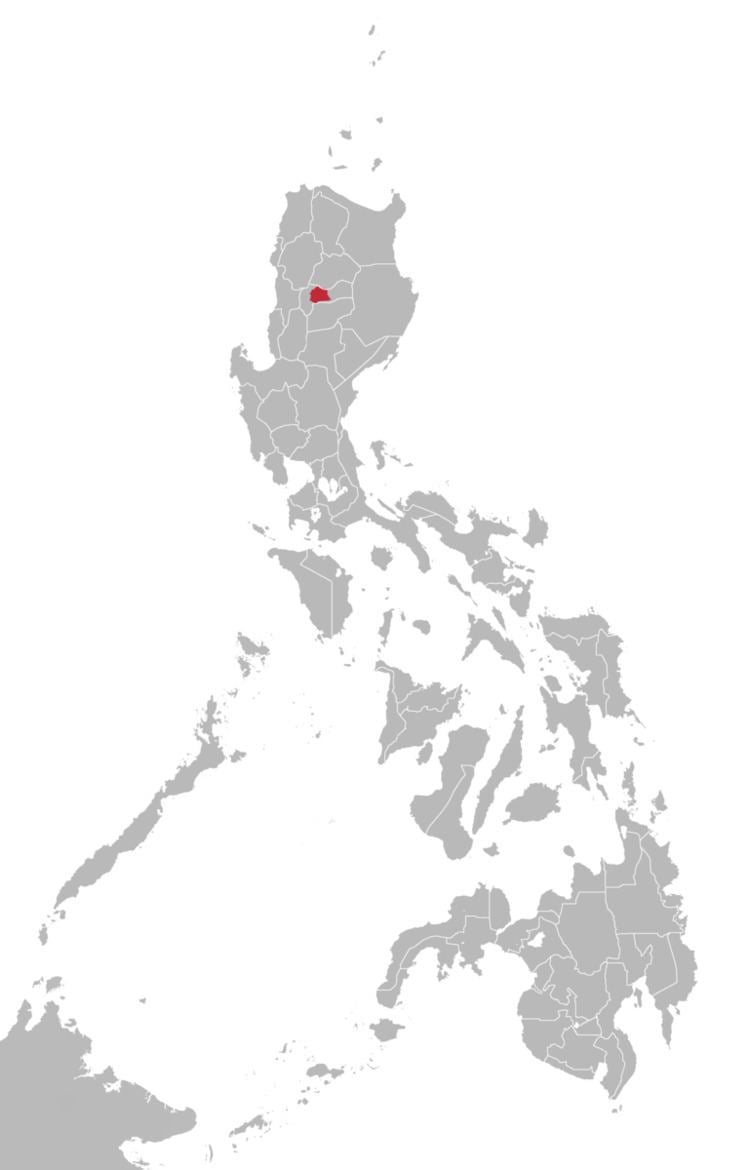Native speakers 41,000 (2007 census) | Glottolog bont1247 | |
 | ||
Language family AustronesianMalayo-PolynesianPhilippineNorthern LuzonSouth–Central CordilleranCentral CordilleranNuclear CordilleranBontok–KankanayBontoc ISO 639-3 bnc – inclusive codeIndividual codes:lbk – Central Bontokebk – Eastern Bontokrbk – Northern Bontokobk – Southern Bontokvbk – Southwestern Bontok | ||
Bontoc (Bontok) /bɒnˈtɒk/ (also called Finallig) is the native language of the indigenous Bontoc people of the Mountain Province, in the northern part of the Philippines.
Contents
Dialects
Ethnologue reports the following locations for each of the 5 Bontok languages. Speaker populations from the 2007 census, as quoted in Ethnologue.
Phonology
The archiphoneme /r/ has [l], [ɻ], and [ɺ] as its allophones. The allophone [l] occurs word-initially, adjacent to /i/, as the second member of a consonant cluster consisting of a coronal consonant and /r/, and as the second member of any consonant cluster preceded by /i/. [ɻ] occurs in free variation with [l] word-initially, but otherwise occurs in complementary distribution with it. [ɺ] occurs in free variation with [l] and [ɻ] word-initially, and with [ɻ] elsewhere.
The plosives /t/, /ɡ/, /b/, and /d/ have, respectively, [t̪] (representing an interdental consonant), [kʰ], [f], and [t͡s] as their syllable-initial allophones.
The voiced stop /b/ also has [b̪] and [v] as its allophones. Both of these allophones occur as the first member of a geminate cluster. They are in free variation.
The approximant /j/ has one allophone: [ɥ]. [ɥ] occurs after /o/.
/e/ becomes a slightly centralized [e̞] when in a syllable whose coda is /k/. When in the nucleus, /a/ and /o/ are slightly raised and /i/ is lowered.
There are two degrees of stress in Bontoc: primary and secondary. Primary stress is phonemic and secondary stress is predictable. Both types are right-oriented and occur on one of the last three syllables. Stress's effects include higher pitch, louder volume, and lengthening of the syllable nucleus, though these are all subject to certain rules pertaining to word prosody.
